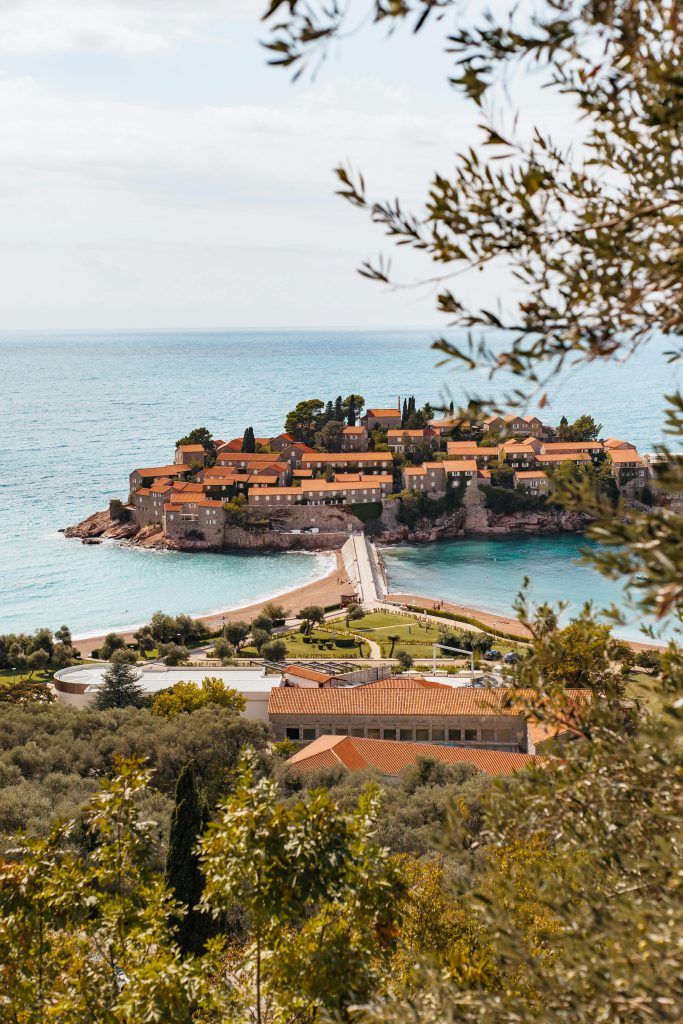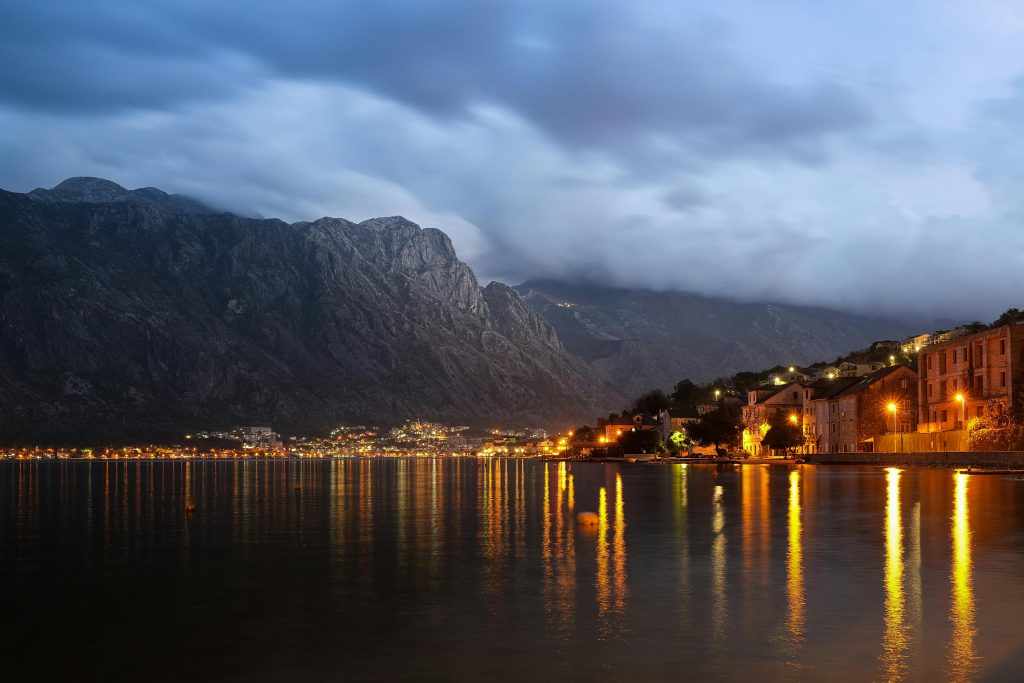Climate Change-Montenegro
Montenegro is a young small state in the Western Balkans, located in the central part of a moderately warm zone in the Northern Hemisphere. It borders with Croatia in the west, with Bosnia and Herzegovina in the west/northwest, with Serbia and Kosovo in the north and northeast, and with Albania in the east/southeast.[1]
Owing to its proximity to the Adriatic and Mediterranean Seas, it has a Mediterranean climate with warm and somewhat dry summers and mild and rather humid winters. Climate monitoring and assessments show that the Montenegrin climate has changed as a result of global climate change as well as variability (Second National Communication). Recent studies indicate that Balkan countries are particularly sensitive to climate and precipitation change, with weather-related events becoming more frequent and intense. Montenegro has ratified and begun to implement all international conventions and protocols on climate change. Substantial further implementation efforts remain, including those required by the EU climate acquis. The Government of Montenegro integrated climate change in its National Strategy on Sustainable Development including urban plans and National Communications on Climate Change. [1]
Climate change poses serious, wide-ranging risks to economies, societies and ecosystems. Reducing these risks requires action to sharply reduce greenhouse gas emissions (mitigation), combined with measures to increase resilience to the impacts that occur (adaptation). Through the Paris Agreement on Climate Change and Sustainable Development Goals (SDGs), opportunities are created to ensure a more sustainable, equitable and prosperous future for all. Relying on the cooperation with national stakeholders and in close cooperation with the Government of Montenegro, a stocktaking exercise to inform the development of an adaptation process concluded that water, agriculture, tourism and health sectors were the initial priority sectors for intervention. [2]
Despite the actions taken and progress made so far in prioritizing adaptation planning within policy and institutional frameworks, several gaps and barriers limiting functioning and effective adaptation planning process were identified: [2]

• The coordination framework for adaptation planning and action is partially established but not performed;
• Limited institutional and technical capacity at the national and sectoral level to address climate change through adaptation;
• Adequate information required for conducting informed and effective;
• National and alternative sources of finance to fund adaptation investments are not optimized as the full costs of adaptation are not yet known.
Recognizing that climate change poses significant risks to its long-term development, the Government of Montenegro (GoM) has taken several foundational steps to develop a long-term adaptation planning process that is anchored in the National Climate Change Strategy by 2030 and Montenegro’s National Communication. While these foundational steps provide a starting point, the GoM has identified several gaps that inhibit effective adaptation planning. These gaps include 1. An underperforming coordination framework, 2. A lack of institutional capacity, 3. insufficient information, and 4. A lack of finance to fund adaptation investments, and 5. a private sector that has a low capacity to understand and respond to climate vulnerabilities and risks. [3]
The overarching objective of this project is to improve Montenegro’s institutional capacity for long-term adaptation planning. To achieve this, the proposal is focused on three interconnected outcomes: [3]
• Adaptation planning governance, institutional coordination, and technical capacity strengthened;
• An enhanced evidence base for designing gender-sensitive adaptation solutions;
• An adaptation finance mobilization strategy developed;
Identified priority sectors in the process of adaptation to climate change in Montenegro include agriculture, water, health and tourism. The National Adaptation Plan (NAP) is both a document and a process that helps countries implement comprehensive medium- and long-term climate change adaptation planning, using scientific research and facts. The purpose of the NAP drafting process itself is to provide assessments of vulnerability and risk from climate change, and, after they have been identified, to define potential measures for their mitigation. The very process of drafting and developing the NAP aims to make people, places, ecosystems and the economy more resilient to the impacts of climate change. [2]
Montenegro focusing on green and resilient growth: [4]
• The Industrial Waste Management and Cleanup Project will help protect Montenegro’s natural resources and reduce public health risks from exposure to selected industrial waste disposal sites that have significant environmental impacts. Industrial waste site remediation and sustainable waste management are key underlying principles of future economic growth in the tourism sector of Montenegro. The partnership between the government of Montenegro and the World Bank on this project will help Montenegro address some of the most critical environmental hot spots in the country. The $50 million, five-year project got underway in November 2014.
• Energy Efficiency Project: Studies in the mid-2000s determined that energy consumption in Montenegro was very high and the awareness of ways to achieve energy efficiency low when compared to trends and practices in European Union countries. The government developed the Montenegro Energy Efficiency Plan (MEEP) for 2008–12, supporting the development of energy-efficiency programs in all economic sectors. To complement this, the Ministry of Education and the Ministry of Health initiated programs to improve energy efficiency in public facilities, namely schools and hospitals. MEEP is investing in energy-saving retrofits in about 28 schools and hospitals. It is insulating roofs and buildings and upgrading heating systems, substations and networks. Facilities were selected for retrofits based on their energy savings potential, geographic distribution, number of users and social and demographic impact. To date, eight schools, a student dormitory and six hospitals have been retrofitted. Savings in heating energy range between 30 and 60%.
[1] https://climateknowledgeportal.worldbank.org/country/montenegro
[2] https://www.undp.org/montenegro/projects/national-plan-adaptation-climate-change-nap
[3] https://www.greenclimate.fund/document/enhancing-montenegro-s-capacity-integrate-climate-change-risks-planning
[4] https://documents1.worldbank.org/curated/en/494741468189532505/pdf/98220-WP-P148173-PUBLIC-Box393168B-pdf.pdf



